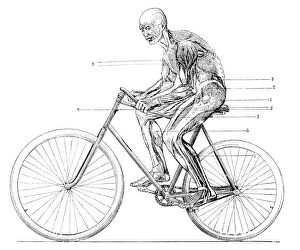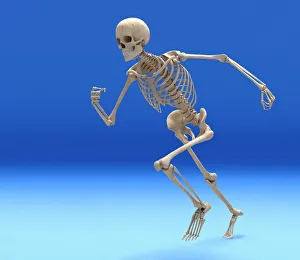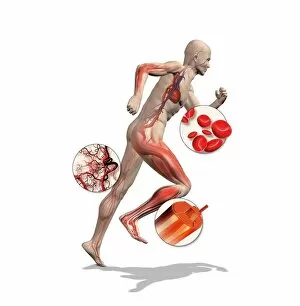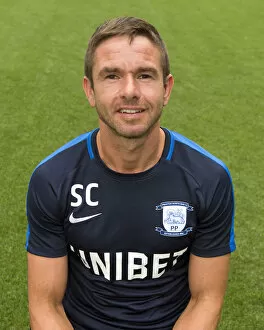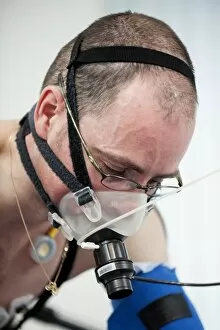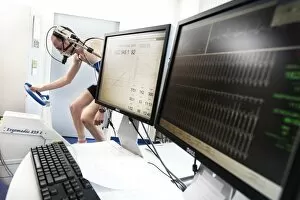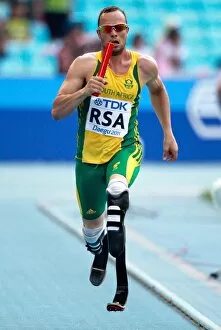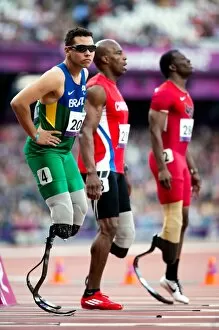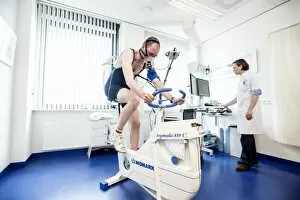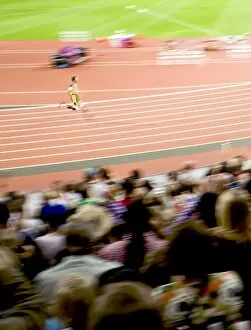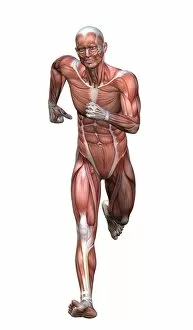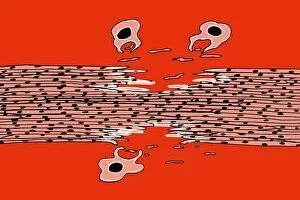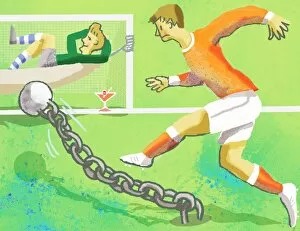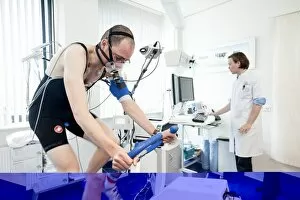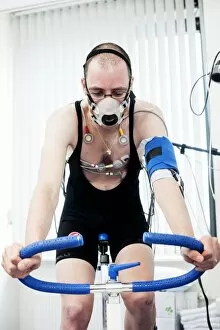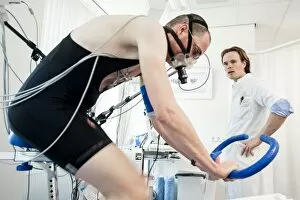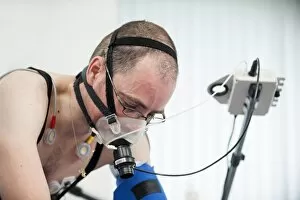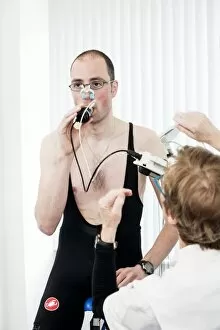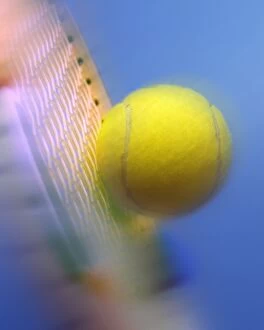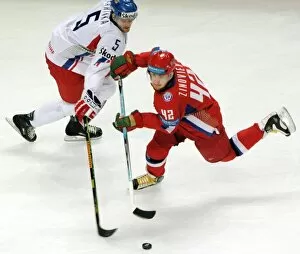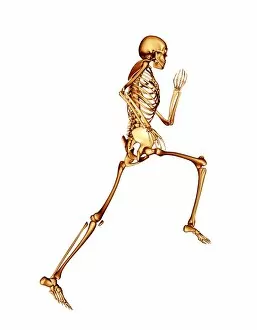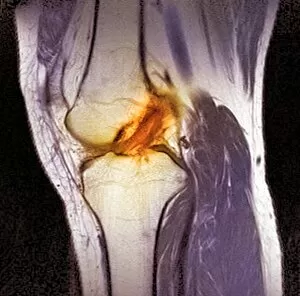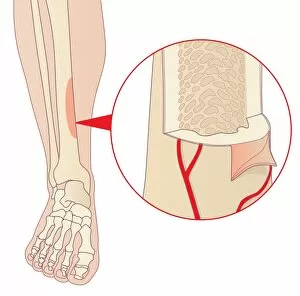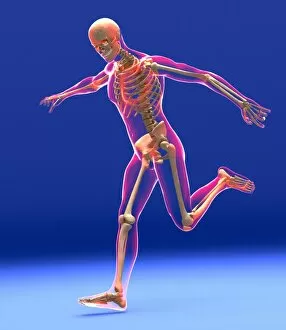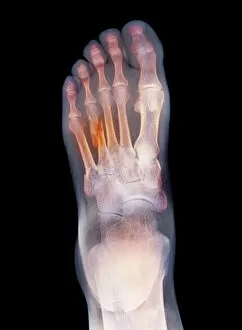Sports Science Collection
"Unveiling the Secrets of Sports Science: From 19th Century Cycling to Paralympic Sprinters" Step back in time to the 19th century
For sale as Licensed Images
Choose your image, Select your licence and Download the media
"Unveiling the Secrets of Sports Science: From 19th Century Cycling to Paralympic Sprinters" Step back in time to the 19th century, where cycling enthusiasts discovered the intricate muscles used in this exhilarating sport. Through meticulous research and observation, scientists unraveled the mysteries behind these powerful movements, paving the way for modern sports science. Imagine a running skeleton within our bodies, each bone and muscle working harmoniously to propel us forward. Captivating artwork captures this essence, showcasing the incredible complexity of athlete physiology. These visual masterpieces serve as a testament to our never-ending quest for understanding human potential. In 2018, Tom Little's headshot at PNE showcased his dedication and commitment to pushing his physical limits. His unwavering determination is just one example of how athletes continuously strive for greatness through rigorous training and scientific advancements. Physical fitness tests like C014/1103 and C014/1108 have become integral tools in measuring an individual's athletic prowess. These tests provide valuable insights into an athlete's strengths and weaknesses, allowing coaches and trainers to tailor their programs accordingly. Oscar Pistorius, a remarkable South African athlete who defied all odds with his prosthetic legs, captivated hearts worldwide during London 2012 Paralympics sprinting events. His story serves as a reminder that they are break barriers by enabling individuals with disabilities to compete on equal footing. Witnessing Paralympic sprinters in action during London 2012 was awe-inspiring; their speed matched only by their sheer determination. These extraordinary athletes shattered preconceived notions about what is possible when it comes to human performance. The intense physical fitness test C014/1105 pushes athletes beyond their limits while providing invaluable data on endurance levels and overall fitness capacity. This knowledge fuels further advancements in training techniques tailored specifically for each individual's needs. As we marvel at Paralympics track races, we witness the culmination of years of scientific research and innovation.

